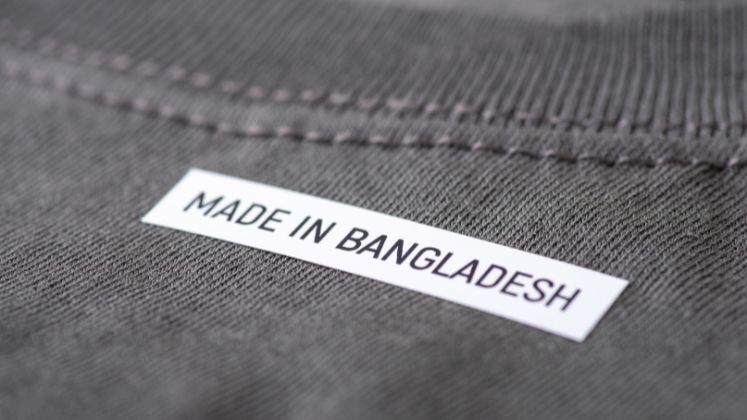
Bangladesh is significantly increasing its presence in the US apparel market, capitalising on China’s declining exports, according to recent trade data from the US Office of Textiles and Apparel (OTEXA).
Over the past six years, a dramatic shift has occurred in the apparel import landscape. In 2018, Bangladesh exported US $ 5.4 billion worth of garments to the US, while China led the market with exports totaling US $ 27.4 billion, nearly five times more. However, by 2024, Bangladesh’s exports rose to US $ 7.34 billion, while China’s plummeted to US $ 16.5 billion, reducing the gap to a little over double.
This trend underscores the increasing significance of Bangladesh in the global garment supply chain. From 2018 to 2024, Bangladesh’s exports to the United States increased by 35.95 per cent, whereas China’s exports saw a decline of 39.69 per cent. Consequently, China’s share of the overall US apparel import market decreased by 4.37 per cent.
Industry experts attribute this transformation to several factors, including the US-China trade war, increased tariffs, and a growing demand among Western buyers for diversified supply chains.
To sustain this momentum, analysts recommend that Bangladesh embrace technology-driven and sustainable production methods. They emphasize the importance of enhancing global branding and diversifying product offerings.
The shift in market dynamics began in 2018 when the Trump administration imposed heavy tariffs on Chinese goods, prompting US buyers to seek alternative suppliers. As a result, China’s apparel exports to the US fell from US $ 27.4 billion in 2018 to US $ 16.5 billion in 2024, while Bangladesh’s exports grew from US $ 5.4 billion to US $ 7.34 billion.
Other emerging players in the US market include Vietnam and India, which saw market shares grow by 22.6 per cent and 23.3 per cent, respectively. However, the most remarkable growth came from Pakistan (58.6 per cent) and Cambodia (57.9 per cent), reflecting a broader trend toward South and Southeast Asian suppliers.
Despite a 4.37 per cent decline in total US apparel imports from US $ 82.9 billion in 2018 to US $ 79.3 billion in 2024South Asian nations have continued to capture market share. Currently, China’s market share stands at 21 per cent, its lowest in a decade, as Bangladesh, Vietnam, India, and Pakistan rapidly fill the void.
Favorable tariff structures, competitive pricing, and a skilled workforce are making Bangladesh an increasingly attractive sourcing option. Additionally, the country is strengthening its position in the global value chain by adopting sustainable and efficient production systems.
China is feeling the pressure from the US tariffs, which can reach as high as 145 per cent on apparel imports. This has led to a decline in purchase orders, creating opportunities for alternative sourcing countries like Bangladesh. A basic US $ 2 cotton T-shirt from China now incurs US $ 2.83 in tariffs, compared to just US $ 0.53 from Bangladesh or Vietnam.






